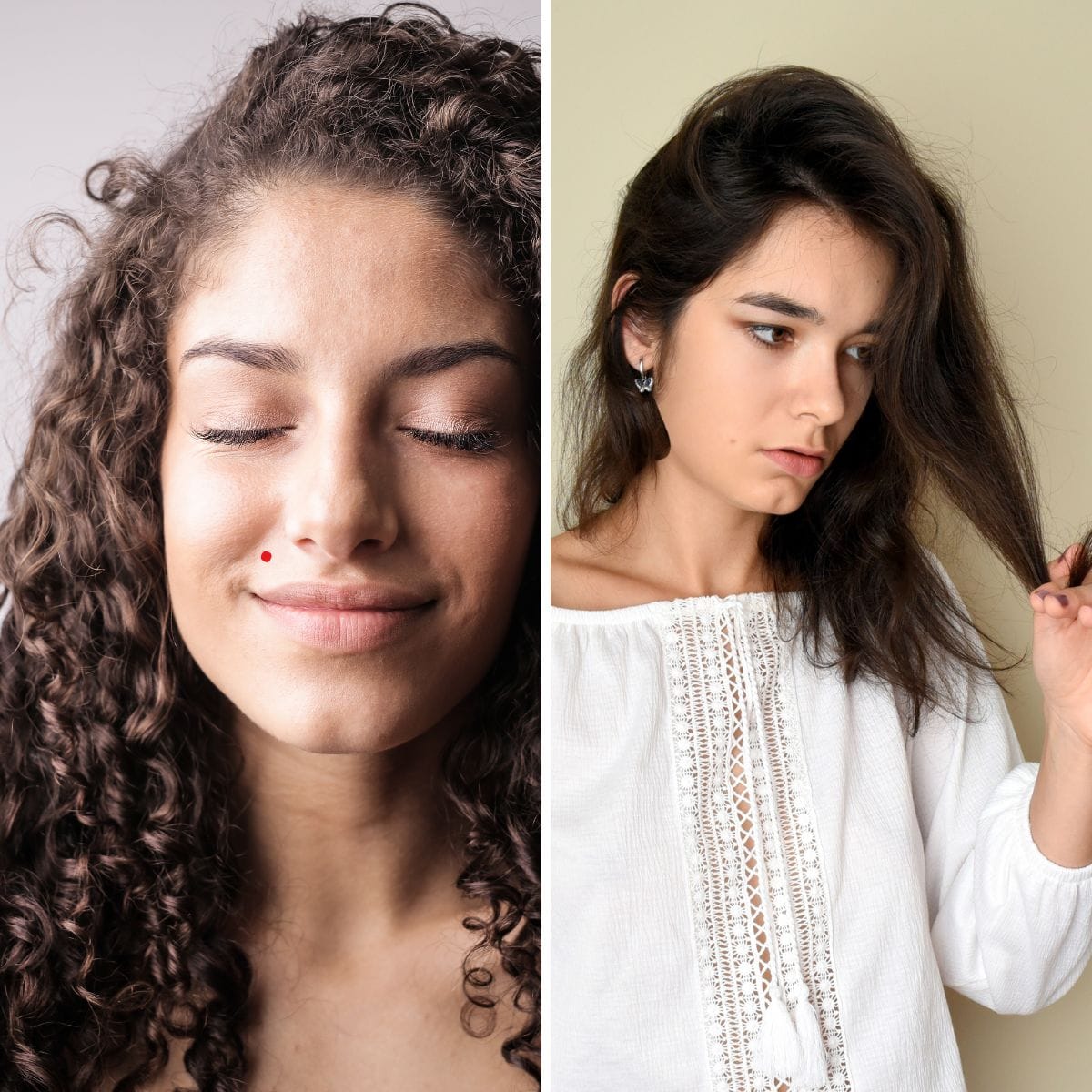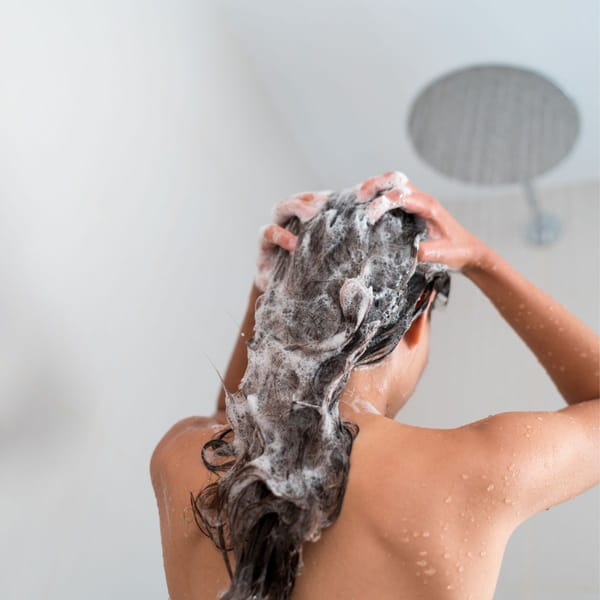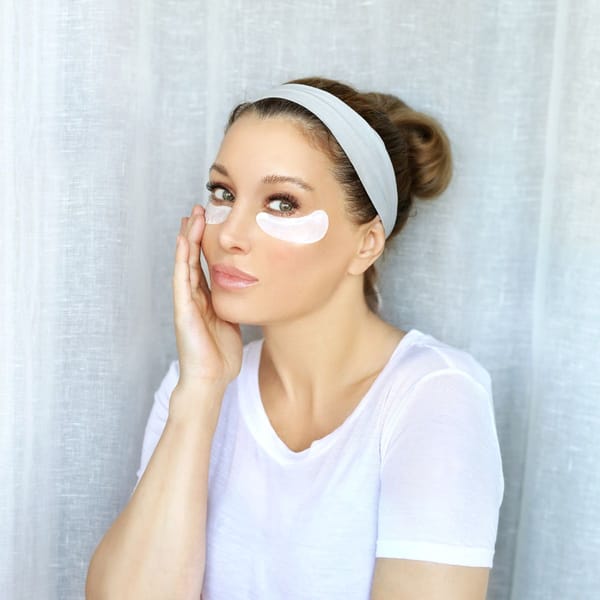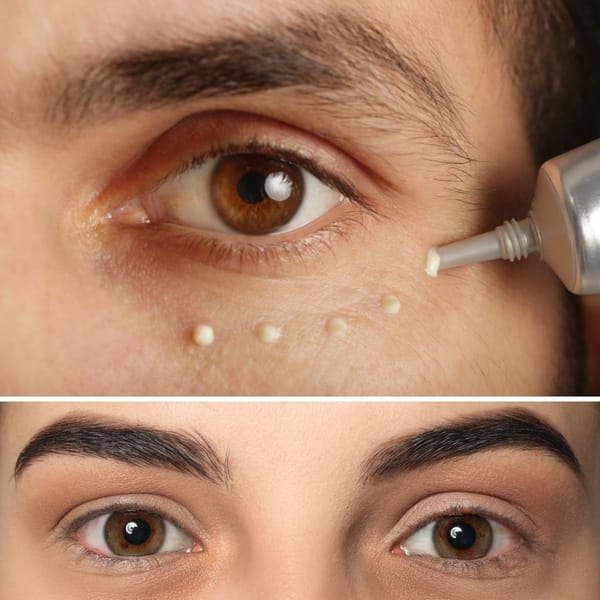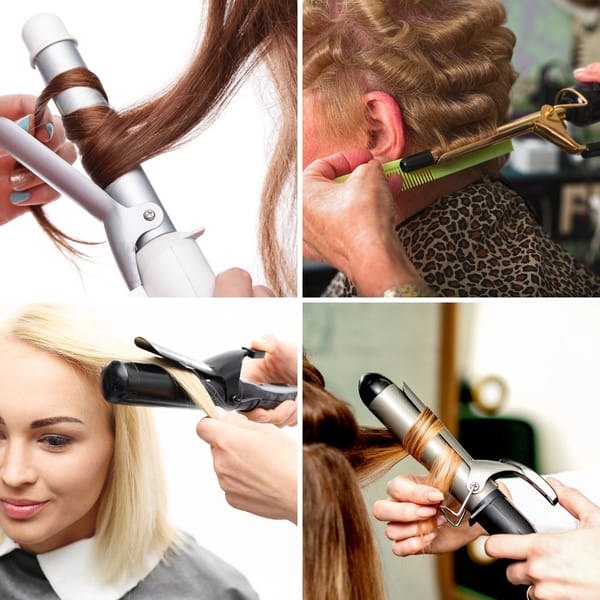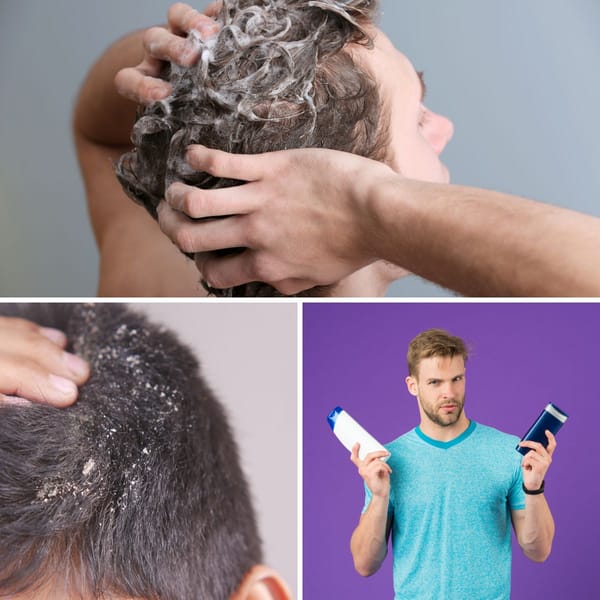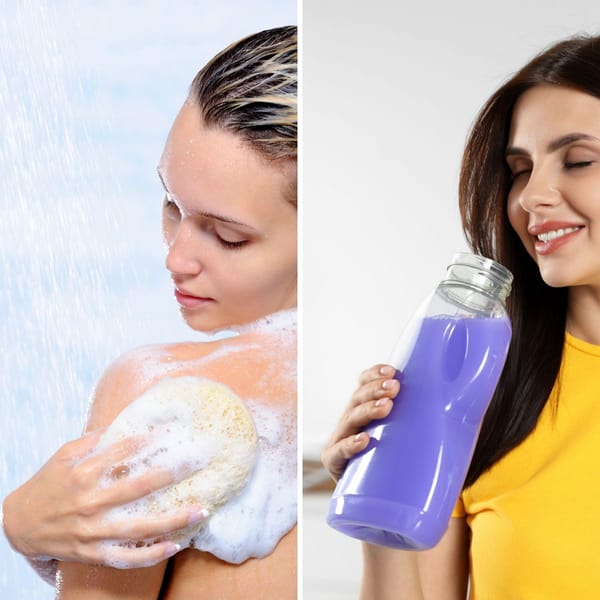Key Takeaways:
- Understanding the factors that can affect your natural curls, such as hair health and product use, is crucial.
- Proper hair care routines and techniques can help maintain and enhance your natural curl pattern.
- Identifying and addressing specific issues like damage or product buildup can lead to better curl retention.
Curly hair is as enigmatic as it is beautiful. The twists and turns of naturally curly hair are not just a marvel of biology but also a reflection of individuality. However, many with natural curls often find themselves asking, "Why won't my naturally curly hair stay curly?" If you're struggling to maintain your bouncy curls, this comprehensive guide will explore the possible reasons and provide actionable solutions to help you embrace your natural texture.
The Science Behind Natural Curls
The shape of your hair follicles largely determines whether your hair is naturally curly or straight. Curly hair follicles are oval-shaped, causing the hair shaft to curve as it grows, which results in natural curls. However, when these curls lose their natural shape, it's often a sign that something is amiss.
Hair Health and Curl Retention
Healthy hair is the foundation of bouncy curls. When hair health is compromised due to factors like heat damage, chemical damage, or hormonal changes, the natural curl pattern can be affected. Ensuring your hair is nourished and strong is key to maintaining your natural curls.
The Impact of Hair Care Routine
A consistent hair care routine is vital for curly hair. Using the right products, such as sulfate-free shampoo and deep conditioning treatments, can make a significant difference in curl retention. Avoiding heat styling and incorporating techniques like the curly girl method can also help preserve your natural curls.
The Role of Hair Products
Product buildup from styling products, dry shampoo, or leave-in conditioner can weigh down curls and lead to a lack of definition. A good clarifying wash can remove oily residue and restore your hair's ability to curl naturally.
Understanding Curl Patterns and Hair Types
Not all curls are created equal. Different hair types and curl patterns require unique care. Fine hair may need lighter products to avoid being weighed down, while tighter curls might benefit from heavier, more moisturizing products to maintain their shape.
The Effects of Environmental Factors
External factors like high humidity, different temperatures, and overall health can influence how your hair behaves. Anti-humidity products and regular trims can help combat the effects of the environment on your natural curls.
The Consequences of Heat and Chemical Damage
Too much heat from blow drying, flat irons, or hot rollers can lead to heat damage, which disrupts the natural curl pattern. Similarly, over-processing with chemicals can weaken the hair shaft and lead to curl loss.
Hormonal Changes and Hair Texture
Hormonal changes, such as those experienced during pregnancy or menopause, can alter hair texture and curl pattern. This is a natural process, but being aware of these changes can help you adjust your hair care routine accordingly.
The Struggle with Second-Day Hair
When pondering the question, "Why won't my naturally curly hair stay curly," many individuals find themselves grappling with the phenomenon of second-day hair. This term refers to the state of your curls the day after washing and styling, where they often lose their bounce and definition. The culprit behind this can be the absorption of natural oils from your scalp, which can weigh down your hair and cause the curls to stretch out and appear less defined. Additionally, friction from your pillowcase while you sleep can contribute to a flattened appearance, making your beautiful curls seem lifeless.
To combat this, consider using a satin or silk pillowcase to reduce friction, and apply a light leave-in conditioner or a curl refresher spray in the morning to revive your curls. Some people also find success with the "pineapple" method, where you loosely gather your hair at the top of your head before bed to preserve curl definition. Remember, every head of hair is unique, so it may take some experimentation to find the perfect second-day hair routine for your natural hair.
Rediscovering Your Curls After Long Hair Weight
Long hair can be a beautiful asset, but for those with naturally curly hair, the weight of long locks might lead to a loss of the spring in your curls. The gravitational pull on long hair can stretch out curls, making them appear looser or even straight in some cases. This phenomenon can leave many wondering, "why won't my naturally curly hair stay curly?" It's not that your hair has lost its ability to curl; it's simply being weighed down.
To combat this, consider layers as a way to reduce weight without sacrificing length. Layers can help to redistribute the hair's weight, allowing your natural curls to bounce back. Additionally, using a lightweight leave-in conditioner can help to maintain moisture without adding extra heaviness. Remember, the goal is to keep your curls light and free so they can reclaim their natural spiral.
The Paradox of Curling Irons on Naturally Curly Hair
It might seem counterintuitive, but using a curling iron on naturally curly hair can sometimes do more harm than good. When your hair is curly but won't curl the way you desire, it's tempting to reach for heat styling tools. However, frequent use of a curling iron can lead to heat damage, which disrupts the natural curl pattern and makes it harder for hair to curl naturally over time.
To preserve your curls, it's crucial to use heat-protectant products before any heat styling and to limit the use of curling irons. Embrace your natural texture by using curl-enhancing products and techniques that do not involve direct heat. If you must use a curling iron, opt for the lowest heat setting and use it sparingly. This way, you can enjoy a variety of styles without compromising the health and integrity of your natural curls.
Tackling Product Build-Up and Over-processing
Curly hair enthusiasts often face the challenge of product build-up, which can lead to hair that is curly but won't curl as it should. Over time, the accumulation of styling products, especially those that are not sulfate-free shampoo or contain heavy waxes and silicones, can coat the hair shaft and prevent moisture from penetrating. This results in dry hair that lacks the necessary hydration to maintain curl definition. To restore your hair's ability to curl, it's crucial to use a clarifying shampoo periodically to remove this build-up and allow your hair care products to work effectively.
Over-processing is another common issue that can cause your hair to lose its natural curl pattern. Frequent use of hot tools like curling irons without a heat protectant, or chemical treatments such as coloring or straightening, can lead to damaged hair. This damage alters the structure of your hair strands, making them less able to hold a curl. To prevent this, limit the use of heat styling and chemical processes, always use a heat protectant when you style your hair daily, and incorporate anti-humidity products and deep conditioning treatments to help maintain healthy, beautiful curls.
The Importance of Moisture for Curly Hair
Curly hair tends to be drier than straight hair because natural oils have a harder time traveling down the hair shaft. Deep conditioning treatments and leave-in conditioners can help absorb moisture and keep curls defined and healthy.
Avoiding Mechanical Damage
Simple actions like brushing wet hair or tying hair too tightly can cause mechanical damage to curly strands. Learning to handle your hair gently can prevent this type of damage and help your curls stay intact.
The Benefits of Regular Trims
Split ends can travel up the hair shaft and disrupt the natural curl pattern. Regular trims are essential to maintain the health of your hair and encourage your curls to form properly.
The Curly Girl Method Explained
The curly girl method is a hair care routine designed specifically for natural curls. It emphasizes the use of gentle, sulfate-free shampoos, avoiding heat styling, and using styling techniques that enhance natural curl patterns.
The Truth About Childhood Curls
Many people find that the tight curls they had during childhood loosen over time. This change can be due to a variety of factors, including natural changes in hair texture and damage from styling and environmental factors.
How to Revive Your Natural Curls
If your hair is naturally curly but won't curl like it used to, there are steps you can take to revive your curls. From a curl cut to deep conditioning treatments, there are many ways to encourage your hair to return to its natural state.
The Impact of Styling Techniques
The way you style your hair can have a significant impact on your curls. Techniques like plopping, diffusing, and using the right curling irons can help enhance your natural curl pattern and prevent your hair from falling flat.
Choosing the Right Products for Your Curls
Not all hair products are created equal when it comes to curly hair. Finding the right products, such as anti-humidity products, heat protectants, and curl-enhancing styling products, can make a big difference in maintaining your natural curls.
Summary
Curly hair is a unique and beautiful trait that requires specific care to maintain its natural shape and health. From understanding the science behind curls to adopting a hair care routine that promotes hair health, there are many factors to consider when trying to keep your natural curls curly. By addressing issues like product buildup, heat and chemical damage, and environmental factors, you can enhance your natural curl pattern and enjoy beautiful, bouncy curls.
FAQ Section
Q: Can straightening my hair too often cause my natural curls to disappear? A: Yes, using heat styling tools like flat irons and blow dryers on a high heat setting too frequently can lead to heat damage, which can disrupt your natural curl pattern and make it harder for your hair to curl.
Q: How often should I use a clarifying shampoo on my curly hair? A: It depends on your hair type and the amount of product you use, but generally, a good clarifying wash once a month can help prevent product buildup and keep your curls defined.
Q: What is the best way to dry curly hair to maintain its natural shape? A: The best way to dry curly hair is to use a diffuser attachment on your blow dryer, which can help to evenly distribute the heat and maintain your natural curl pattern. Alternatively, air drying or using the plopping technique can also help preserve your curls.

